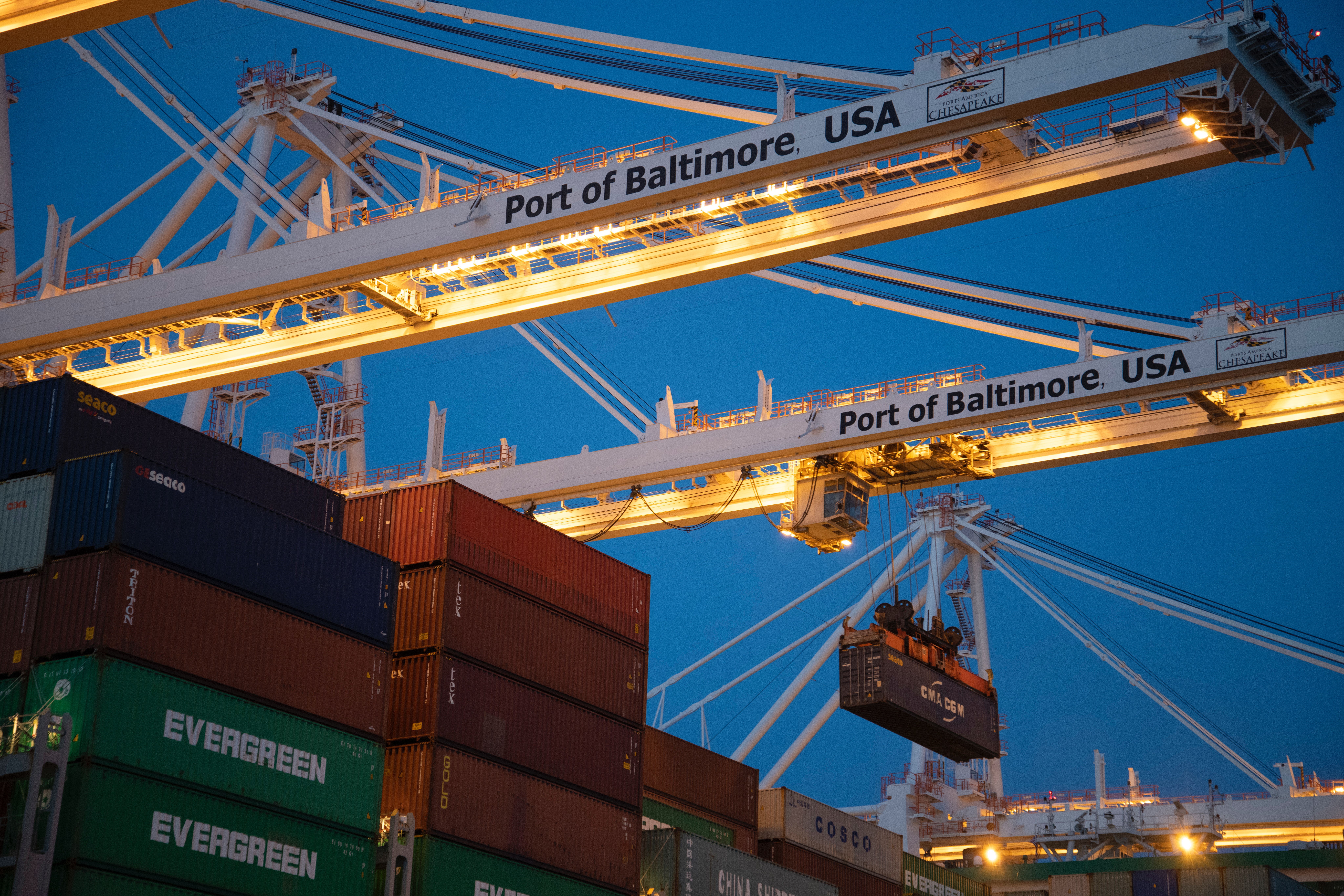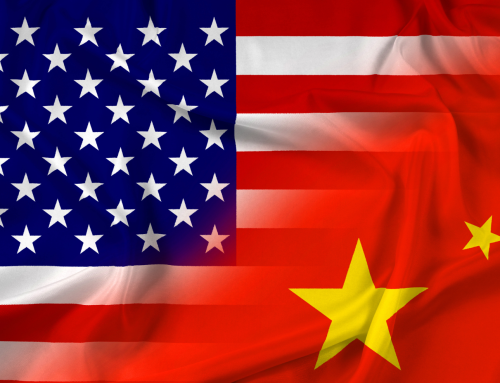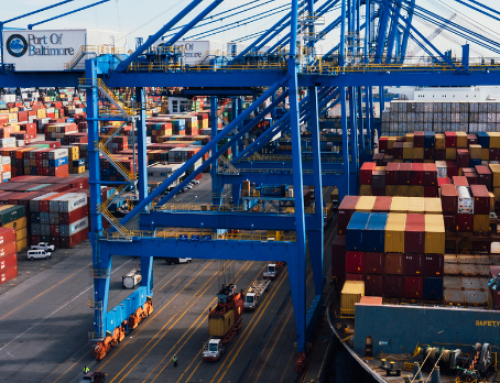This week, we wanted to continue on in our goal of answering the most common questions we get! We’ve built this blog to work as a resource for first-time and seasoned importers.
For an interesting and educational read, check out our FAQ! We cover some of the other most common inquiries we get. USA Customs Frequently Asked Questions.
Understanding the difference between formal and informal entry is certainly worth knowing — as an informal entry can be easier (and more cost effective), depending on your business operations.
However, on the topic of cost effective business operations, we’d be remiss not to mention that the most cost effective way to run a business with imports is to remain compliant with regulations. The regulations that U.S. Customs and Border Protection (CBP) expect from importers are incredibly important. Any mistakes in documentation, reporting, type of goods, etc. could result in delays, hefty fines, and even seizures of the shipment. Which almost goes without saying: these things can really hurt your business’ bottom line.
“It takes less time to do things right than to explain why you did something wrong.”
Henry Wadsworth Longfellow
The Breakdown: What is Formal Entry?
A formal entry for your shipment to the U.S. is required when your imported goods have a total value that is above $2500 USD. That means that an entry bond will be necessary, along with all the applicable fees and duties for the shipment. Many long held importing businesses use annual bonds rather than a single-entry bond. This allows them to get their goods before payment of duties and taxes (to be paid as a lump sum at a later date).

Important Side Note: What is a Customs Bond?
Annual Bond
In general, you can look at a bond as having an insurance policy with CBP. Bonds can be purchased through a Treasury Department authorized surety — like a customs broker. Annual and/or continuous bonds are a good idea for importers that expect to ship a high volume or goods.
Single Entry Bond
The other type of customs bond is a single entry bond (SEB). This covers the importing transaction with customs at one destination port of entry only. This makes much more sense for companies or individuals that wish to import a much lower volume of shipments. Because you have to purchase one each time you make a shipment, this only makes business sense if you have 4 or less imports planned per year.
The Breakdown Part 2: What is Informal Entry?
Back to our regularly scheduled programming! When the value of the shipped goods is less than $2500 USD, you may use an informal customs entry. The main differences to note between a formal entry versus an informal entry is, of course, the type of bond, as well as the liquidation process i.e. the final calculation of the duties/fees.

All things considered, the director of the port of entry can require a formal entry for any received shipment of goods if deemed necessary!
For a useful overview of all the things you need to know as an importer, you can check out our Guide to Importing to the USA here.
—
Navigating these tricky regulations and bond requirements can get a little difficult while managing other elements of your business. That’s why it is often a good idea to find a trustworthy customs broker to collaborate with on the process. They can help you determine what the best choice is for your business goals and even file on your behalf!
If you’d like to learn more about how Clearit can help, click here.





